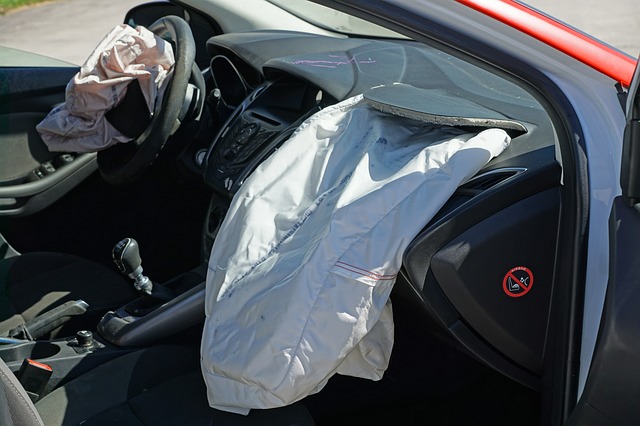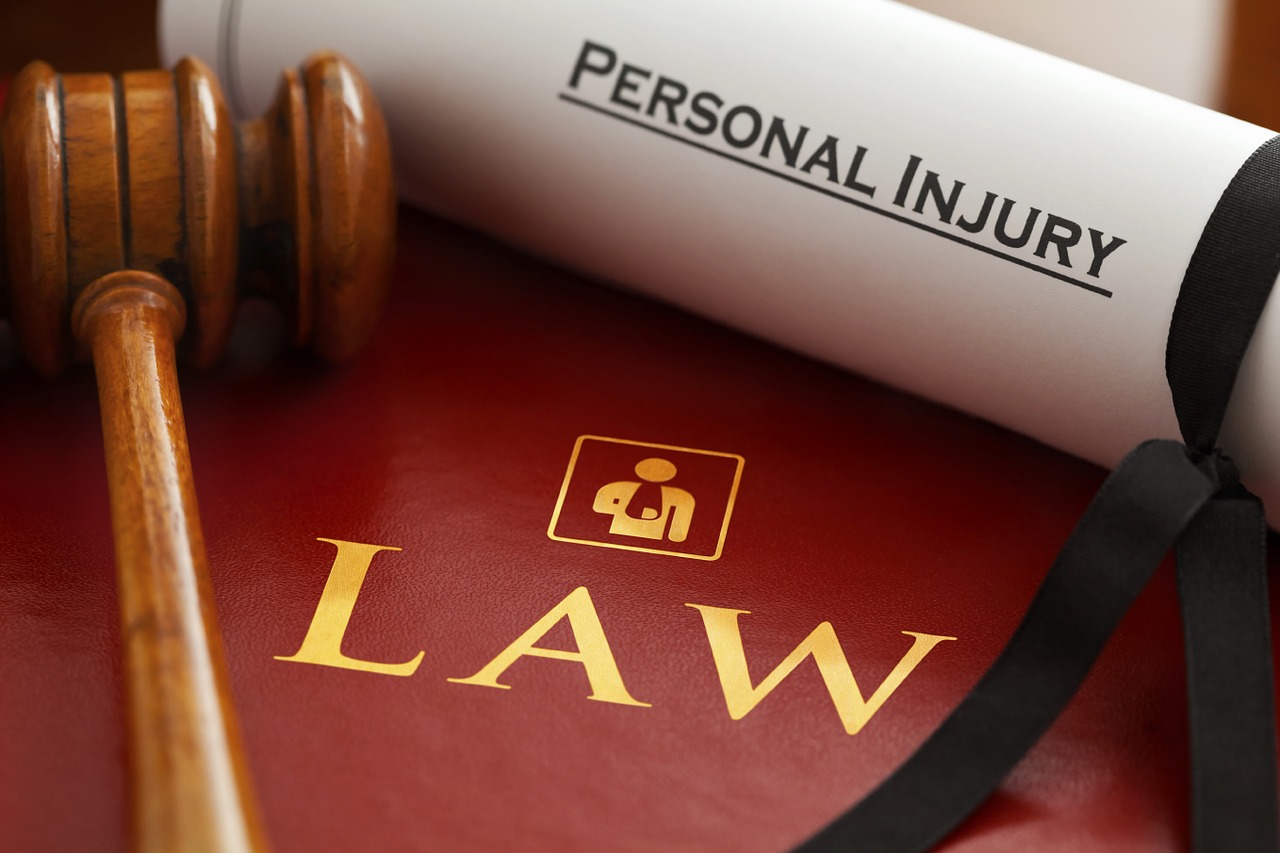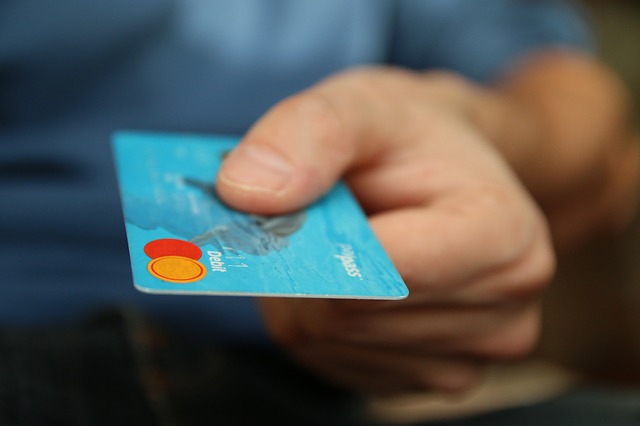In most states, a hit and run is defined as leaving the scene after an accident without stopping to provide assistance or identify oneself. It is considered a hit and run regardless of whether the driver hit an object, another car, or a pedestrian. Some states also include hitting an animal in their hit-and-run law. In the majority of states, it doesn’t matter who caused the accident — the act of fleeing qualifies as a hit and run, regardless of fault.
What to do after a Hit and Run Accident
- Call the police.
- Write down as much information as possible about the car that hit you: make, model, color, license plate number, license plate state, bumper stickers, dents in the car, etc.
- Write down anything you remember about the driver and passengers: gender, ethnicity, age, distinguishing features, etc.
- Talk to people standing nearby who may have witnessed what happened. Ask for their names and contact information so that you can get in touch with them later, if needed.
- Record the damage to your car with pictures, a written description, a video — whatever helps you capture as much detail as possible about what happened, and the conditions of all affected individuals and objects. This will help you prove to your insurance company that you are not committing fraud. (Some unscrupulous drivers lie to their insurance companies, claiming that they were the victim of a hit-and-run accident after having run into something themselves.)
- Take pictures of the accident scene, including your car, skid marks, parts, glass, the site, the weather conditions, and any sustained injuries. Get both close-up and wide-angle shots. Capture different perspectives and angles of the accident.
- Note any traffic cameras in the area.
- File a police report. Include copies of all of the information you have recorded.
- Call your insurance company and file a claim with them. Alert the agent that you have filed a police report.
If you fail to do these things, you hurt your chances of receiving compensation from your insurance company, and from any litigation. If the hit-and-run driver is not located, there may be insurance coverage under your automobile policy if your policy has Uninsured or Underinsured Motorist Bodily Injury (UMBI) coverage. Such coverage is required under Oregon and Washington law, unless the purchaser of the insurance policy waives the coverage in writing. UMBI coverage under Oregon law refers to the other vehicle as a “hit-and-run vehicle” and it is referred to as a “phantom vehicle” under Washington law.
There are different requirements to bring a claim between the states, but to ensure the presentment of a claim under either state, you must: (1) report the accident within 72 hours to the police; (2) Present a statement under oath of the facts of the accident to your insurer within 30 days; and (3) the facts of the accident must be corroborated by “competent evidence other than the testimony … of any person having a [UMBI] claim.” UMBI coverage will pay for the same harm that the hit-and-run driver is responsible for, such as medical bills, lost wages, pain and suffering. Uninsured or Underinsured Motorist Property Damage (UMPD) can pay for your car repairs. Insurance and motor vehicle laws vary by state, so it is best to consult with an attorney who is familiar with local hit-and-run laws.
If you are able to identify the driver who hit you, file a claim with their car insurance company. If their coverage was not strong enough to cover your damages, you can employ an attorney to pursue compensation in the court system.
DO NOT follow the driver who hit you. It can be tempting to do so, especially when your emotions are running high. However, chasing the hit-and-run driver is likely to spur you to drive recklessly and potentially get into another accident. If you catch up to the offending driver, violence could ensue as he or she retaliates. It is better to play it safe, call the police, take a few deep breaths, and move on to dealing with the aftermath.
DO NOT block traffic unnecessarily. Wait for the police in a safe place, outside of your car if it is in a travel lane.
In the future, when involved in a car accident, be sure to remain on the scene to identify yourself. If you are ever the victim of a hit-and-run, we hope you find this guide helpful for handling the outcome of this frightening situation. As personal injury experts, if you need advice or representation regarding a personal injury case, give us a call.









